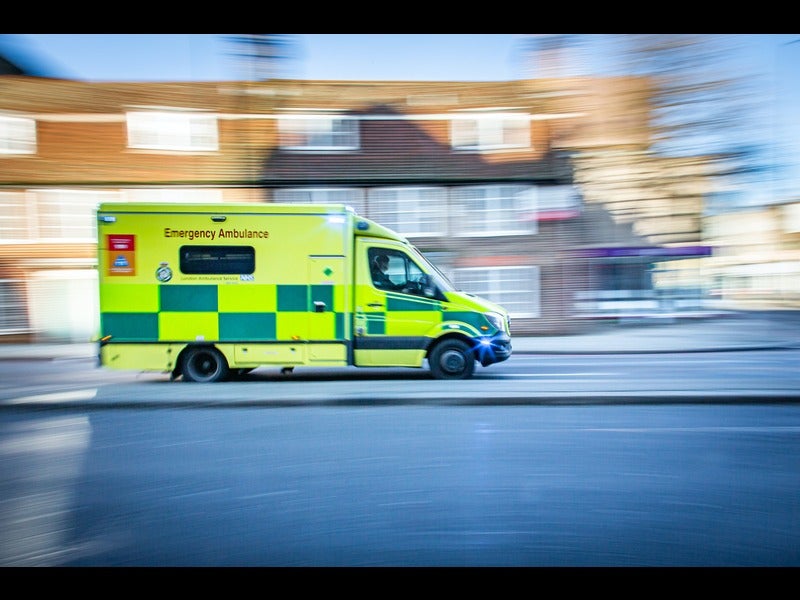
The NHS England and the UK government are set to publish a blueprint to recover urgent and emergency care services, minimise waiting time while improving overall experience of patients.
This blueprint will include plans to increase the ambulance fleet with 800 new vehicles, including 100 specialised for mental health treatment and 5,000 additional sustainable hospital beds.
The new two-year strategy is supported by a $1bn dedicated budget which would increase frontline capacity even more.
The accessibility of urgent care will be improved so that patients can receive the treatment they require at home without any hospital admission.
Set to be available at least 12 hours daily, the ambulance services will respond to calls.
With 7,000 virtual ward beds now available in the community and up to 50,000 patients per month anticipated to benefit by the end of 2023/24, the success of ‘virtual wards’ where patients get advanced treatment in their own homes, is likely to rise.
How well do you really know your competitors?
Access the most comprehensive Company Profiles on the market, powered by GlobalData. Save hours of research. Gain competitive edge.

Thank you!
Your download email will arrive shortly
Not ready to buy yet? Download a free sample
We are confident about the unique quality of our Company Profiles. However, we want you to make the most beneficial decision for your business, so we offer a free sample that you can download by submitting the below form
By GlobalDataClinically validated strategies implemented as part of the NHS’s winter planning will be extended year-round, with 24/7 system control centres and scaled-up falls response services, to allow local communities to monitor and promptly address challenges throughout the year.
Call handlers will have additional possibilities to work from home, and changes intended to grow and better support the workforce will provide NHS personnel more flexibility, making it easier for them to move between hospitals and work in services like 111.
Additionally, the programme will use more student and apprentice paramedics and train more mental health staff. This will open up another entrance point for employment in the NHS through the increased number of emergency medical technicians.
The strategy intends to stabilise services to reach the NHS’s two main recovery objectives. One is to help achieve 76% A&E four-hour performance by March 2024 and reduce category two ambulance response times to an average of 30 minutes over the next year.



